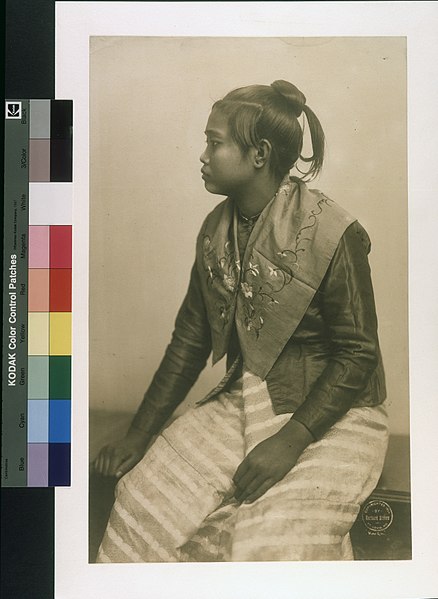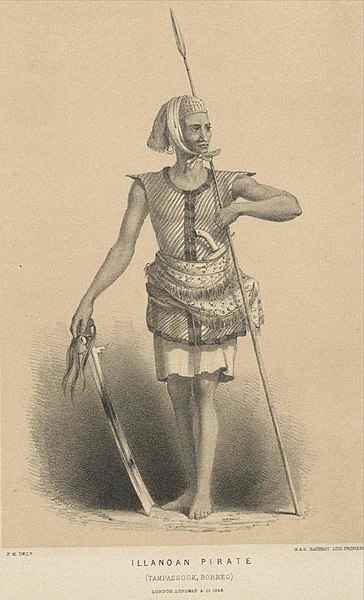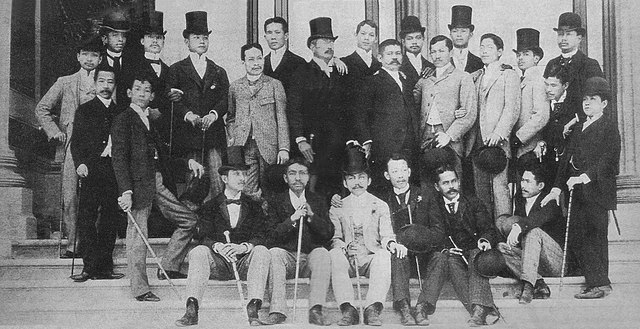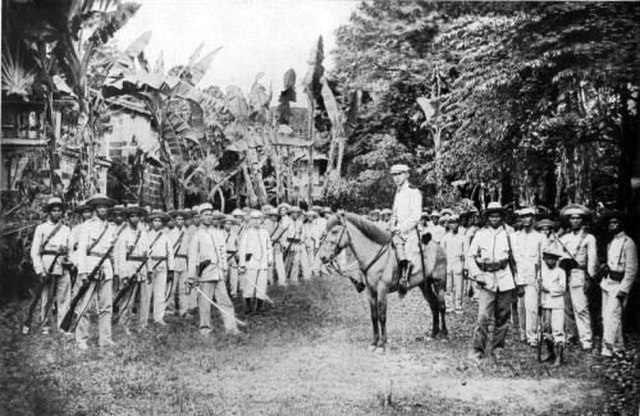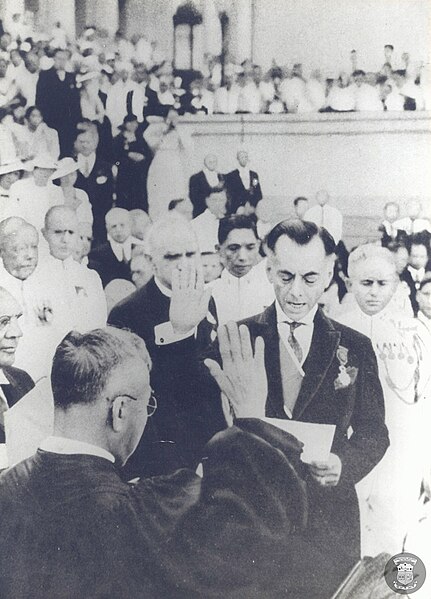Ethnic groups in the Philippines
The Philippines is inhabited by more than 182 ethnolinguistic groups, many of which are classified as "Indigenous Peoples" under the country's Indigenous Peoples' Rights Act of 1997. Traditionally-Muslim peoples from the southernmost island group of Mindanao are usually categorized together as Moro peoples, whether they are classified as Indigenous peoples or not. About 142 are classified as non-Muslim Indigenous people groups, and about 19 ethnolinguistic groups are classified as neither Indigenous nor Moro. Various migrant groups have also had a significant presence throughout the country's history.
Inside the firth chamber of Callao Cave, where the remains of the Callao Man were discovered.
Moro woman (c. 1904)
Lanao sultans
A 19th Century illustration of an Iranun pirate
The Philippines, officially the Republic of the Philippines, is an archipelagic country in Southeast Asia. In the western Pacific Ocean, it consists of 7,641 islands, with a total area of 300,000 square kilometers, which are broadly categorized in three main geographical divisions from north to south: Luzon, Visayas, and Mindanao. The Philippines is bounded by the South China Sea to the west, the Philippine Sea to the east, and the Celebes Sea to the south. It shares maritime borders with Taiwan to the north, Japan to the northeast, Palau to the east and southeast, Indonesia to the south, Malaysia to the southwest, Vietnam to the west, and China to the northwest. It is the world's twelfth-most-populous country, with diverse ethnicities and cultures. Manila is the country's capital, and its most populated city is Quezon City. Both are within Metro Manila.
Ilustrados in Madrid around 1890
Filipino General Gregorio del Pilar and his troops in Pampanga around 1898, during the Philippine-American War
The Inauguration of Manuel L. Quezon as President of the Commonwealth of the Philippines on Nov 15, 1935
General Douglas MacArthur and Sergio Osmeña (left) coming ashore during the Battle of Leyte on October 20, 1944


